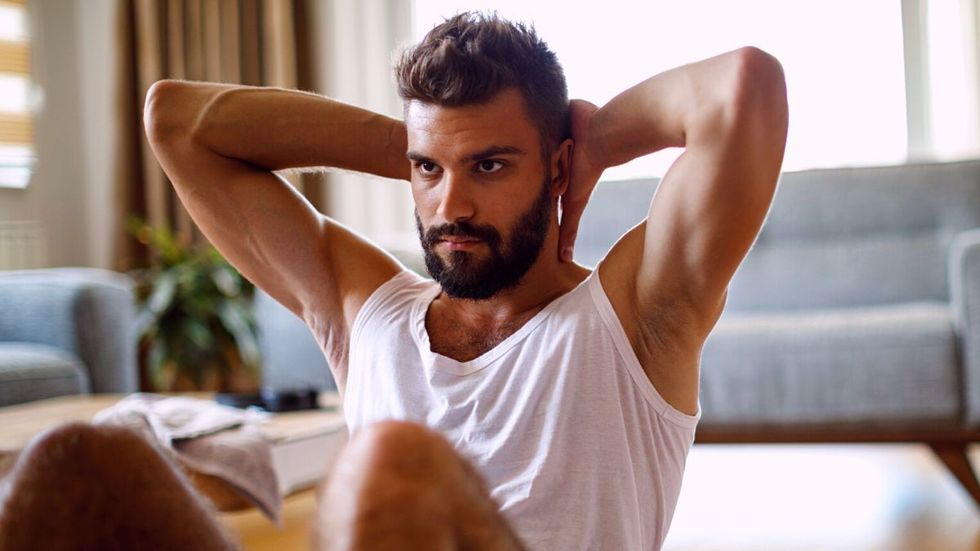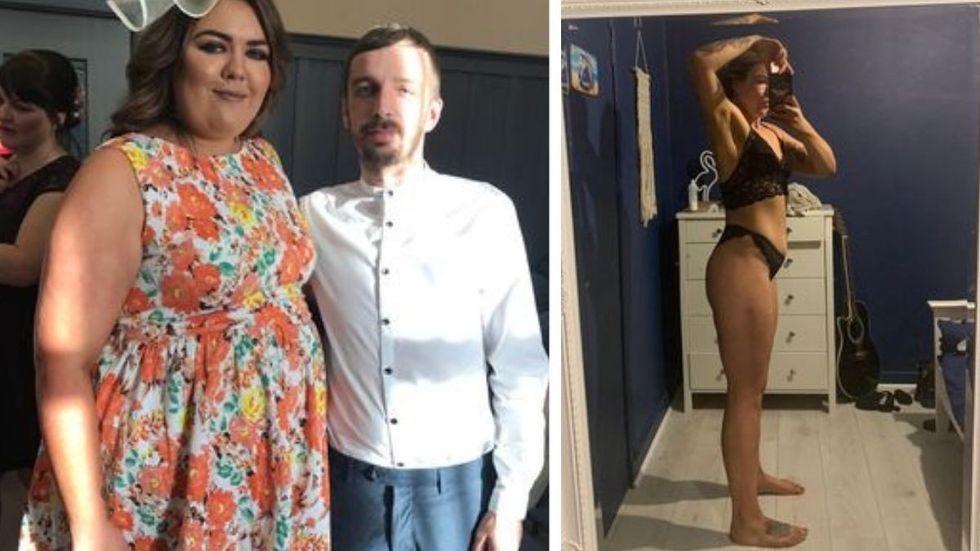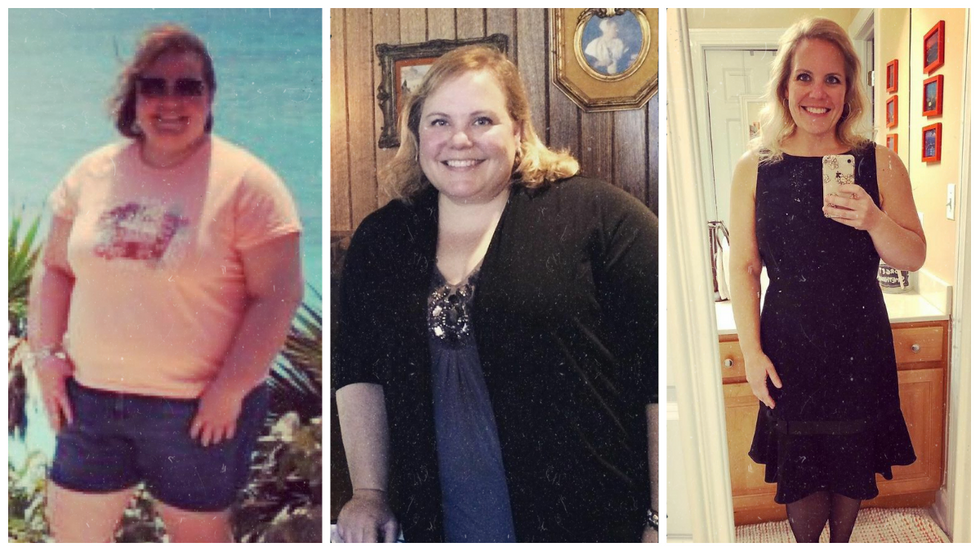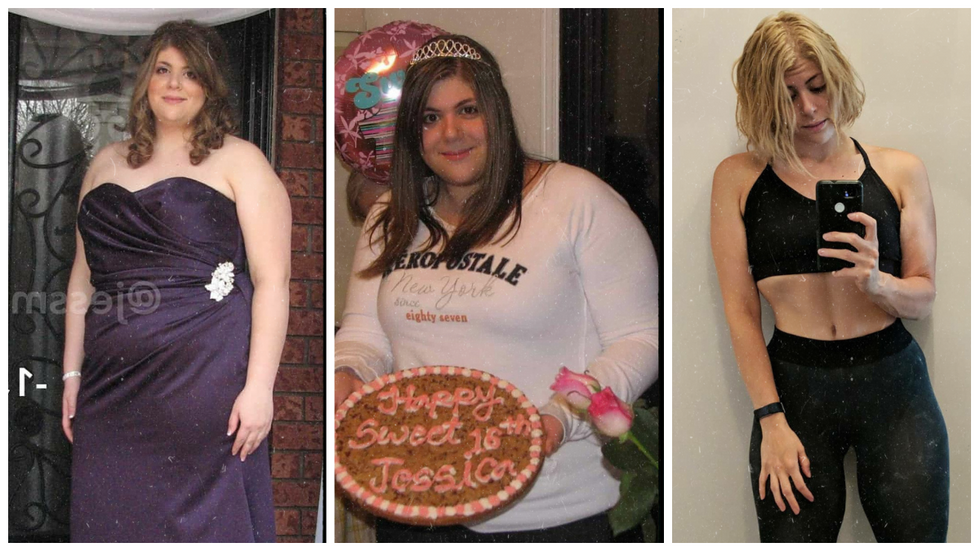You’ve Probably Forgotten About This Workout, but It May Be the Greatest One For Your Body
One of the great things about physical fitness is that there are so many different types of exercise you can do. From running to rock climbing, pilates to yoga, and ballet to simply walking, there are almost endless ways to get your sweat on. Basically, whatever kind of body movement you enjoy can be a great choice for your fitness regime. And you can feel free to pick whichever ones you find most enjoyable and motivating. However, it’s worth considering putting swimming into the mix, too. It’s one of the best but often overlooked forms of exercise. Give swimming as exercise a try and you’ll find it can add a lot to your weekly exercise schedule, giving you a full body workout as well as a host of other unique advantages. This water-based physical activity has tremendous benefits and can easily fit into most fitness routines. Working out in the water offers impact-free cardio that works the whole body, among many other physical—and mental—health benefits. And whether you’re in fine-tuned shape or just getting started working out, there’s a swimming workout that can work for you.How Accessible Is Swimming?(Photo by Johnny Cohen on Unsplash)Older, younger, in shape, not in such great shape, swimming can be done by us all. People with injuries, asthma (although often salt water pools or fresh water is better than chlorinated pools as the chemicals can trigger asthma symptoms for some people), and disabilities can often enjoy time in the water and get exercise in, too. Yes, you need to find a pool, lake, river, or ocean to swim in. Try your local community centers, sports clubs, neighbors or friends with pools, rent one with Swimply, or travel to your nearest body of water. And you need to know how to swim. But it’s never too late to learn. Many pools offer lessons! RELATED: Weight Loss Motivation Tips to Keep Your Lifestyle Goals on TrackHowever, beyond those two requirements, swimming can be done by just about anyone and the exercise intensity you get while in the water can be easily accommodated to your needs and ability. Floats (or weights) can help you adjust how much effort you need to use and you can simply kick, paddle, or stroke the water with more or less intensity to make your workout easier or more challenging.Reasons to Add Swimming to Your Exercise Routine(Photo by Haley Phelps on Unsplash)We often think of swimming as just an enjoyable recreational, summertime activity—or something Olympic athletes do. But swimming as exercise can be done year-round and is both fun and a great workout. Learn more about why adding swimming to your fitness regime is a great idea. Swimming offers huge non-impact fitness benefitsSwimming provides amazing fitness benefits, all of which are gained without adding stress or impact to the body. Many of the most effective aerobic exercises (like running or sports like soccer and basketball) also put a strain on the body that can adversely impact joints and other parts of the body causing pain, wear-and-tear, or injury. Swimming works you head to toe in a buoyant atmosphere that is impact-free.Some of the other key physical benefits of swimming include improving:Cardiovascular fitnessEnduranceFlexibilityLung capacityOverall strengthMuscle toneSwimming is proven to improve—and protect—your healthResearch shows that regular aerobic physical activity like swimming can reduce your risk of developing chronic illnesses, such as heart disease and diabetes. Additionally, people who already have these medical conditions can see their health improve by regularly doing activities like swimming. RELATED: How Do SMART Goals Help With Weight Loss?Of course, consult your doctor before making any big adjustments to your physical fitness activities, particularly if you have chronic health issues, to make sure you add in swimming or other exercises safely.Swimming lifts your moodNot only is swimming great for your physical body but it also enhances your mental health as well. According to the Centers for Disease Control and Prevention (CDC), swimming is proven to improve overall well-being—basically it can make you happier. The activity can ease depression, anxiety, and stress. Swimming can lift your mood and help you feel more present and connected to your body. And you may feel more positive about your body in this weightless, fun-filled environment. Additionally, swimming tends to be a great communal activity, which may foster bonds with fellow exercisers or with friends or family that you swim with.Swimming is fun—and exerciseWhile swimming is a great way to burn calories, it’s also fun. In fact, according to the CDC, it’s the fourth most popular sports activity. And the CDC says that “people report enjoying water-based exercise more than exercising on land.” So, for most people, going swimming for fitness will feel exciting or like a privilege rather than a chore. So, build on that joy and pour it into your weekly fitness regime. This may help you develop and maintain your exercise habits and goals.Swimming helps you get in your fitness minutesSwimming is a wonderful way to get in your weekly exercise minutes. The National Institutes of Health’s (NIH) Physical Activity Guidelines recommend that adults get a minimum of two and a half hours of moderate intensity exercise per week. RELATED: Physical Health and Wellness: How to Hack Your Own Body with Exercise, Food and SexOnce you’re in the water, you’re exercising while splashing about so it’s an enjoyable way to get in a workout—and the time tends to quickly speed by. And the great thing with swimming is that you might not even notice how much your body is working because you’re having so much fun.Swimming is a sensory bonanzaThe unique sensations of being in water tend to be very enjoyable—and lead you to want to keep swimming, which means more exercise. The feel of the water, the coolness of it on the skin, the spray of water from a kick, gliding like a bird under the surface, the feeling of popping your head up for a breath between strokes, the tranquility of being submerged, the joy of jumping in, the ease with which the body can float or zoom through the water. It’s a sensory cornucopia, and every movement you make to stay afloat or get from one side of the pool to the other is exercise whether it feels like it or not. Swimming uses your whole bodyUnlike most exercises that target one specific area of the body, with swimming you can work the whole body all at once. You’ll utilize the muscles of the arms, back, core, and legs. Swimming requires you to coordinate all those muscles when you do various strokes, too, so you are working all those muscles in unison. And swimming is both relaxing and full-body exercise, leading to a lengthening and strengthening of muscles at the same time.Ways to Workout in the Water(Photo by Todd Quackenbush on Unsplash)There are so many ways to get in a workout while in the water. You can causally or competitively swim laps. You can take swimming fitness classes, which range from aerobics in the water to water weight lifting to classes that hone your strokes, such as breaststroke, backstroke, butterfly, freestyle (also called crawl or front stroke), and sidestroke.You can race your friends or kids from one side of the pool and back again. You can play games like Marco Polo, Sharks and Minnows, water polo, or simply throw or hit a ball or balloon back and forth trying to keep it up in the air. RELATED: 9 Foods to Improve Your Mood and Cognitive FunctioningYou can work on your dives if you’re at a pool with a diving board. You can swim in search of pool toys (like mini rockets or weighted items) that you drop to the bottom of the pool. Depending on where you swim, you can play basketball or volleyball in the water. Or simply swim around the pool or body of water. No matter what you choose, while you're swimming, your body is working, your muscles are toning, and your cardiovascular system is strengthening.Key Takeaways(Photo by David Boca on Unsplash)Swimming is a proven way to exercise and boost your overall well-being that’s also super fun. By adding swimming to your fitness regime, you’ll reap major physical and mental health benefits just by getting in the water. So, what are you waiting for? Go ahead and jump in!KEEP READING:Train Your Brain to Shed Distracting Habits and Concentrate Better





























